
© 2024 | All Right Revered.
Uncover the roadmap to the top, most effective software development methodologies used by developers and project managers with our blog.

Marketing & Outreach Associate
Fueling brand growth with a blend of creativity and strategy.

With rapid digitalization, businesses worldwide are prioritizing the development of scalable and feature-rich software solutions. This trend extends to addressing both client challenges and enhancing organizational efficiency. If you’re eager to embark on a transformative journey for your business, this article is tailored to meet your needs.
The technology landscape continuously introduces a variety of software development methodologies. These methodologies have emerged over decades, each designed to fulfill specific project criteria, requirements, and objectives. Their collective aim is to enhance development productivity and yield the desired results.
Gartner projected that the software industry would “see double-digit growth in 2023”. Up until now, in the year 2023, global IT expenditure on enterprise software has been $856.03 billion. A significant portion of this investment goes toward software development. As a result, developers and project managers are actively seeking the most optimized and effective approaches to software creation.
In an environment filled with diverse software development methodologies, selecting the ideal model for your specific project becomes an increasingly difficult task.
However, this blog aims to provide you with a comprehensive analysis of various software development methodologies. We’ll explore the pros and potential drawbacks of each, offering insight into the most beneficial and efficient software development models that align seamlessly with your project requirements.
Let’s dive right in!
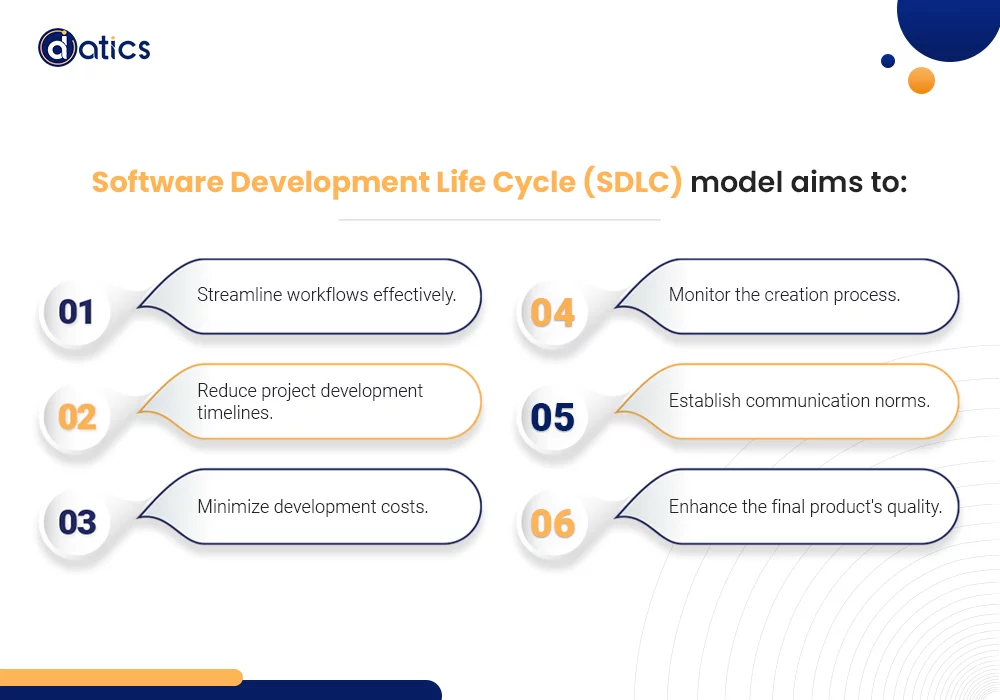
The Software Development Life Cycle (SDLC) model is at the heart of software development methodology. It emphasizes the organization of effective project development processes. From conceptualization and planning to front-end and back-end development, testing, and software deployment, it covers it all.
In essence, it is the lifecycle of application development that incorporates diverse formats, approaches, and techniques, aiming to:
In this blog, we’ll go over nine of the most widely used software development methodologies.
As mentioned earlier, there are a range of software development methodologies, each tailored to enhance the Software Development Life Cycle (SDLC) processes. There isn’t a universal solution; the choice of methodology largely depends upon a project’s characteristics, requirements, primary goals, core features, and more.
This guide will assist you in simplifying your decision making process. You can figure out which methodology suits your needs by getting an insight into its pros and cons. The list is as follows:
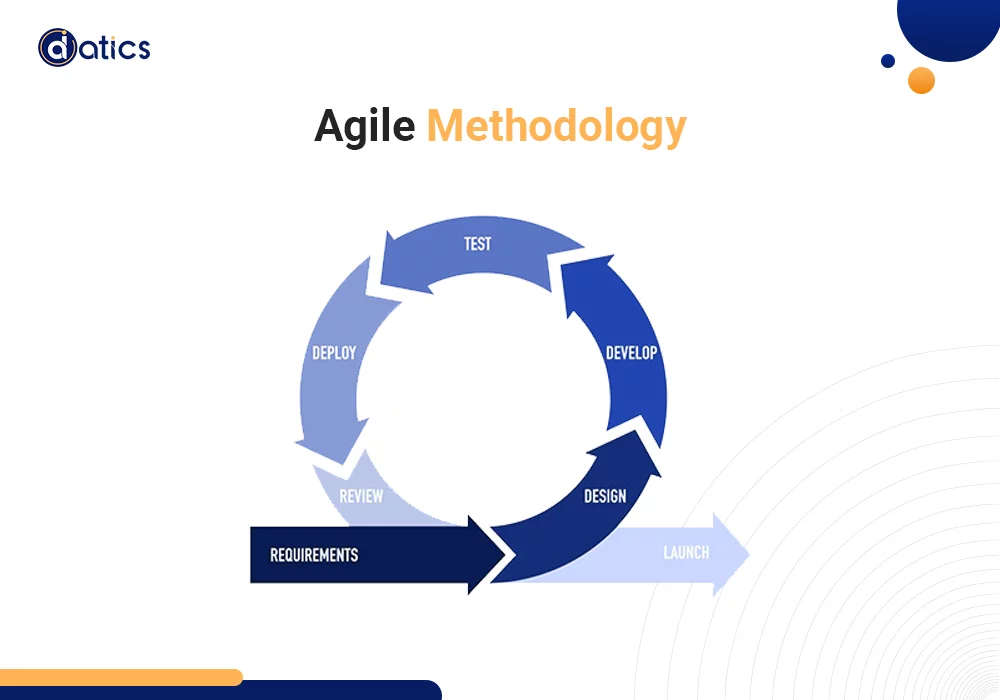
Agile software development places the project/product at its core. This approach accommodates frequent adjustments based on user and customer feedback, as well as internal modifications related to engineering efforts. Agile development avoids rigid frameworks and instead divides the software development process into short time frames, delivering real-time results and feedback.
Benefits:
Drawbacks:
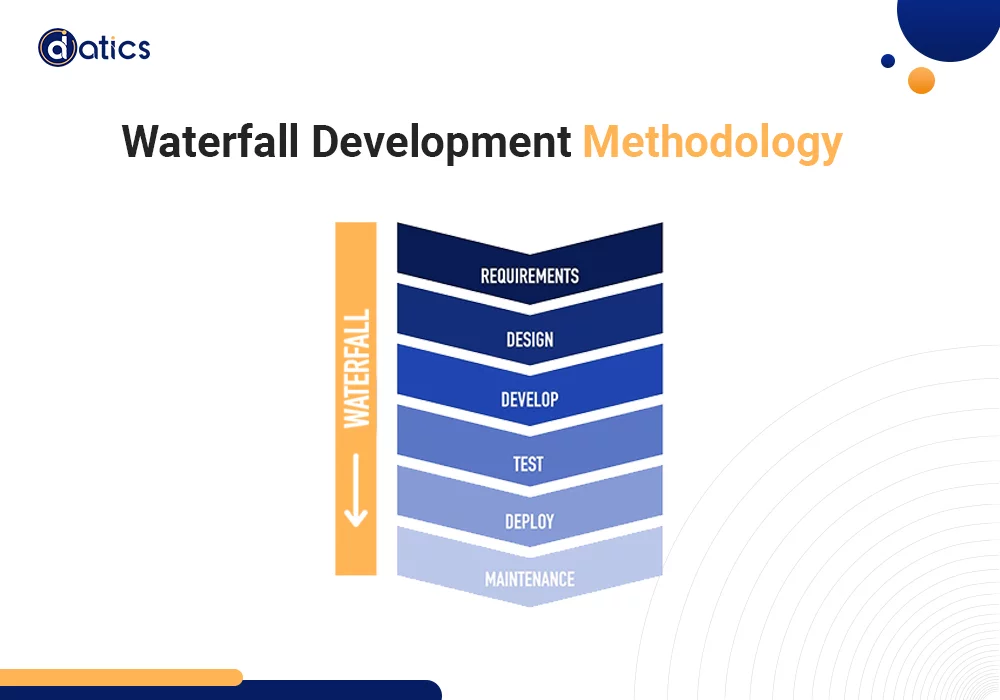
In stark contrast to Agile, the Waterfall methodology is strict and linear. Each stage can only begin once the prior one is completed, following a precise sequence of predefined tasks. The Waterfall methodology is recognized as a classic representation of software development methodologies.
Benefits:
Drawbacks:

Extreme Programming (XP) is designed for fluctuating projects, emphasizing extensive customer engagement and flexibility. This approach is known to improve software quality by adapting to changing needs and prioritizing constant feedback.
Benefits:
Drawbacks:

Lean Development focuses on client value, aiming to eliminate waste in the development process. Projects undergo thorough examination to eliminate unnecessary time and cost expenditures, prioritizing efficiency. Rapid action is a distinction of this approach.
Benefits:
Drawbacks:
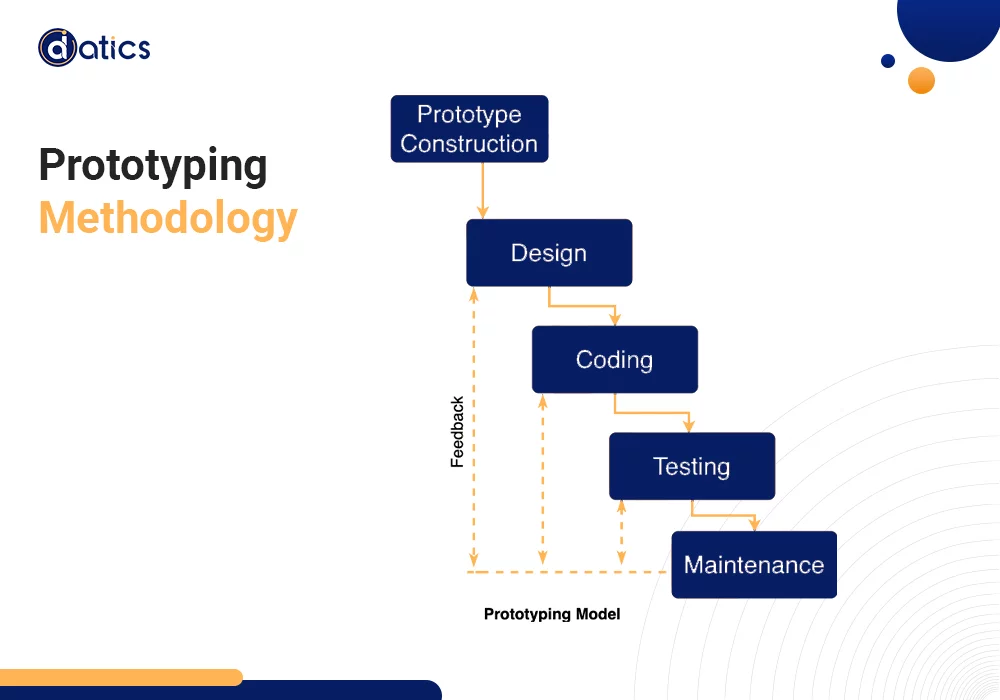
Combining elements of the Waterfall approach with a strong focus on customer feedback, the Prototyping methodology involves developers providing samples based on initial requirements. The final development phase commences once customers evaluate sample functionality.
Benefits:
Drawbacks:
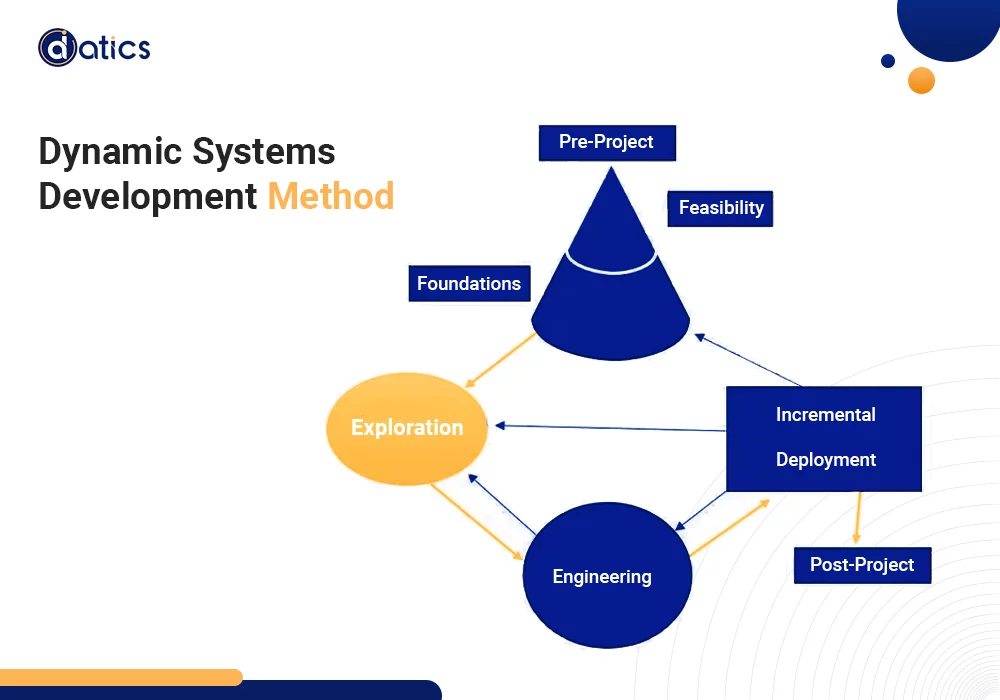
This software development methodology emphasizes strict timeframes and predefined budgets, aiming to deliver effective software within set limitations. User involvement is extremely important, with continuous feedback facilitating maximum functionality within the specified requirements.
Benefits:
Drawbacks:
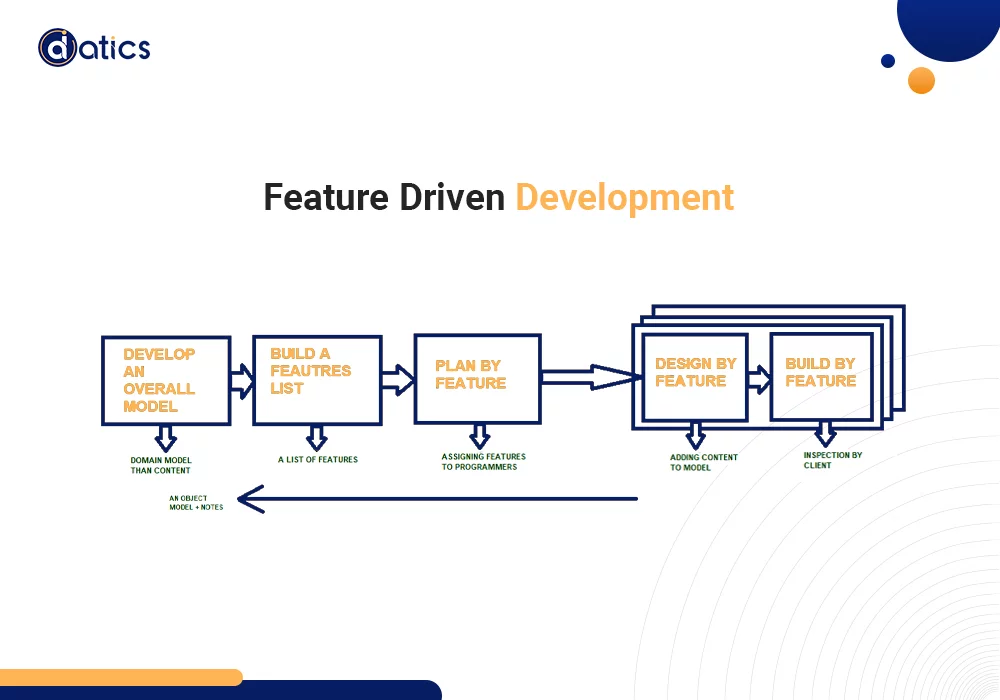
Feature-driven development organizes work into feature-based iterations. This approach excels in comprehending project scope and reducing risks. It does so by segmenting feature sets into manageable, iterative releases. This software development methodology employs predefined standards to simplify the development process.
Benefits:
Drawbacks:
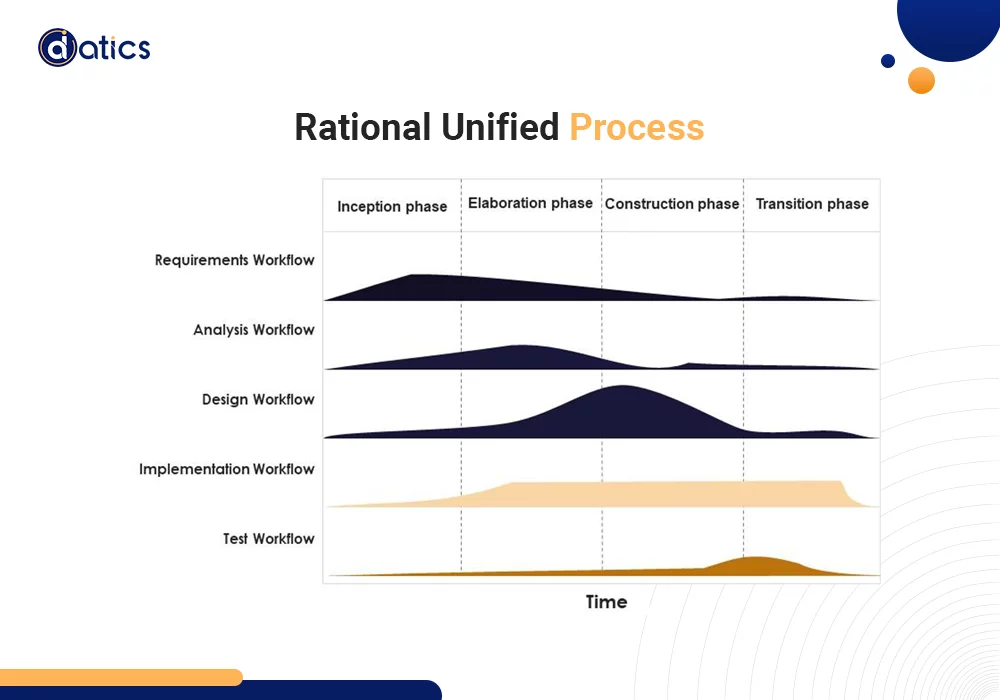
Rational Unified Process is another software development methodology that divides the development process into four stages. Each stage includes business modeling, requirements analysis, design, implementation, testing, and deployment. Its primary focus is the creation of effective, high-quality software without exceeding budgets or timelines.
Benefits:
Drawbacks:
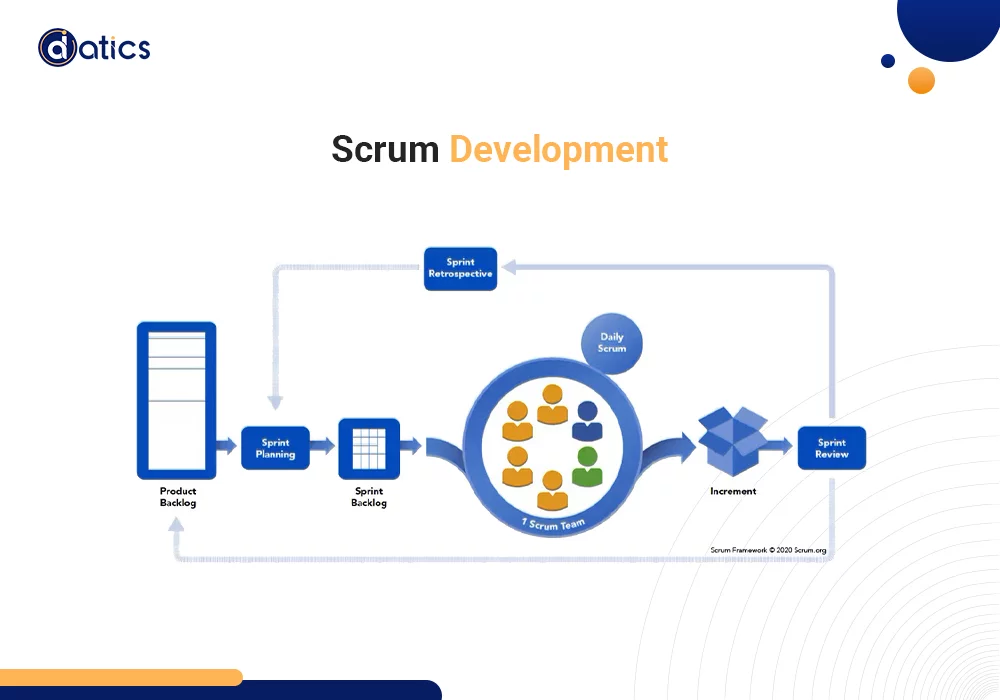
Scrum Development is distinguished by its straightforward and effective approach. It divides the work process into sprints, with predefined assignments. After each sprint, the assignments are discussed, facilitating early issue identification and resolution. Scrum is known for its flexibility, making it suitable for projects with evolving requirements.
Benefits:
Drawbacks:
You probably have a good idea about various software development methodologies and how they work. Each of these has its own set of pros and cons, making it extremely important for you to select the one that matches your requirements and needs. The decision will be based on several factors, including, but not limited to, the following:
From Agile to Scrum, Lean to Waterfall, and beyond, your choice sets the stage for a successful software development journey.
Datics AI places client satisfaction at its core. Agile methodology aligns seamlessly with this ethos by emphasizing client collaboration and responsiveness. It ensures that our software not only meets initial expectations but also evolves to fulfill clients’ changing needs.
Efficiency is fundamental to Agile methodology. Agile’s principles minimize waste and enhance productivity. By reducing bureaucratic overhead, it allows our teams to focus on software development’s core task.
At Datics AI, Agile is our guiding light. It enables us to stay adaptable, client-focused, and inherently efficient. Through Agile, we meet current and future client needs, forging lasting partnerships and successful software development.
Share the details of your project – like scope, timeframe, or business challenges. Our team will carefully review them and get back to you with the next steps!

© 2024 | All Right Revered.
This guide is your roadmap to success! We’ll walk you, step-by-step, through the process of transforming your vision into a project with a clear purpose, target audience, and winning features.